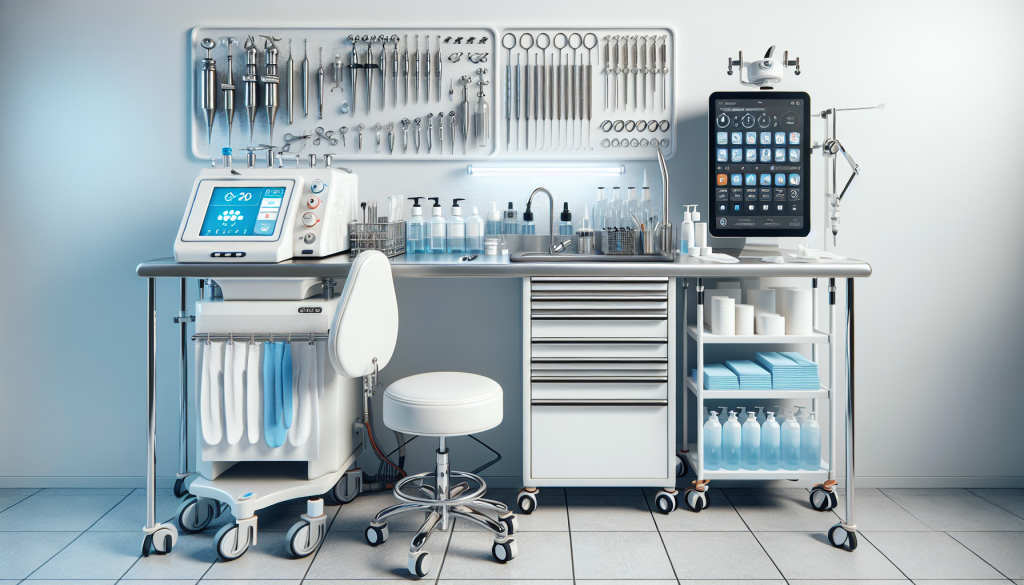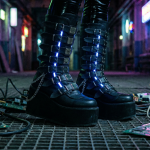Nose piercings have become increasingly popular in recent years. Many people who are ready to get a nose piercing want to know more professional information before getting the piercing. The most important question among these is, how bad does a nose piercing hurt? We provide you below with all the information you may need for a nose piercing.
Fast Facts
Position: Nose piercings are typically placed in the nostril, on the side above the natural crease; through the septum, piercing the soft space beneath the cartilage; or on the bridge, between the eyes. Exact placement is customized to each individual’s anatomy and preference, with advice from a professional piercer.
Pain Level: 3-4/10
Healing Time: 3-4 months
Cost: $30-50 for piercing, it will be higher depending on the jewelry

Nose Piercing Hurts
1. Do nose piercing hurt
The pain experienced from a nose piercing can vary greatly from person to person, largely depending on individual pain tolerance, the location of the piercing (nostril, septum, or bridge), and the technique used by the professional piercer. Generally, most people report the pain to be a sharp, quick pinch followed by discomfort that diminishes over the following hours.
On a scale of 1 to 10, with 1 being very minimal discomfort and 10 being very painful, most people rate a nose piercing around a 3 to 4 in the piercing pain chart. It’s more of a brief, intense sensation rather than prolonged pain. Factors like the piercer’s technique, the jewelry used, and the immediate care taken can all influence this experience.
2. How long does a nose piercing hurt
The initial piercing process with a needle may cause a brief, sharp pain. Your nose may remain tender and mildly sore for a few weeks after being pierced. Everyone’s healing process is different, but on average, it takes 2 to 4 months for a nostril piercing and 6 to 8 weeks for a septum piercing to fully heal. If maintained properly, following all aftercare instructions, discomfort should decrease gradually. However, any persistent or worsening pain should warrant a visit to a professional doctor.
3. Does the pain of a nose piercing vary greatly from location to location?
Yes, the pain experienced during a nose piercing can vary depending on the location of the piercing and nose piercing types. Septum piercings generally involve less discomfort due to the thin tissue in the area, allowing the needle to penetrate swiftly and easily. In contrast, nostril piercings require the needle to pass through thicker flesh, potentially leading to a heightened pain sensation and a slightly longer duration for the needle to be inserted.
4. What can I do to reduce the pain?
Additionally, the anticipation and anxiety of getting the piercing often contribute more to the perception of pain than the piercing itself. Check more information about nose piercing. Discussing the procedure with your piercer and ensuring you’re relaxed can help reduce this anxiety.
Nose Piercing Jewelry
Recommended materials for new nose piercings:
- implant-grade titanium
- implant-grade steel
- 14K gold
- 14k titanium
While metals such as nickel are cheaper, you should still choose more expensive jewelry such as 14K gold or implant-grade steel. Even if you weren’t previously allergic to metals, new piercings can have unforeseen conditions, so it’s best to opt for safer metals.

How to find a safe studio and piercer
Here are key steps you can follow to ensure a good choice:
Look for studios with piercers who are certified by professional organizations such as the Association of Professional Piercers (APP). Pay a visit to the studio before committing to anything. A reputable studio will be clean, well-lit, and welcoming. It should feel professional and make you comfortable.
A good piercer will not mind discussing their safety and sterilization practices. Look for studios that use sterile, single-use needles for each piercing and wear gloves. The studio should have an autoclave (a device for sterilizing equipment) on-site, and the staff should be willing to show you their spore test results. The piercer should be willing to answer any questions about the piercing process, aftercare, healing times, and any other concerns you might have.

Aftercare tips
- Cleaning Tips: Twice daily, gently clean the nose piercing hole with a sterile saline solution. Keep the piercing untouched by unwashed hands.
- Cosmetic Caution: Refrain from applying any beauty or facial care products in the proximity of your new piercing.
- Water Exposure: It’s crucial to steer clear of pools, spas, and natural bodies of water to prevent exposure to potential bacteria until complete healing occurs.
- Jewelry Care: Do not rotate or switch the piercing jewelry before the healing process is fully complete.
- Nutritional Support: A well-balanced diet can expedite healing by fortifying your body’s natural defenses.

Alicia
Alicia is a passionate writer with degrees in English and American Literature. Her journey through the worlds of fashion, culture and design is as fascinating as her literary pursuits. Beyond literature, Alicia is equally an optimist who loves life. Whether it's photography, knitting, pottery, or yoga, she's willing to try it all. Beyond trends and labels, she advocate for sustainability and ethical fashion practices. She believe in the power of conscious consumerism, and she strives to highlight brands that prioritize environmental responsibility and social impact.
Recent Posts
Your Goth Christmas Style Guide
11/25/2025Cybergoth Aesthetic
11/11/2025Categories
Related Articles
Acubi Fashion: The Ultimate Guide to the Minimalist Edgy Look
In the fast-moving world of digital trends, fashion cycles seem to refresh...
ByAlicia12/25/2025Your Goth Christmas Style Guide
The holiday season is often painted in bright reds, greens, and sparkling...
ByAlicia11/25/2025Moss & Misdemeanor: Fairy Grunge Style and Outfits
The fashion world constantly mixes ideas to create new, unique looks. The...
ByAlicia11/18/2025How to Prepare for Halloween Night
As the leaves change and the air turns crisp, the excitement for...
ByAlicia10/28/2025












Leave a comment